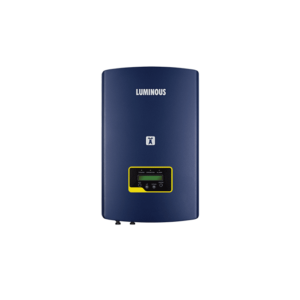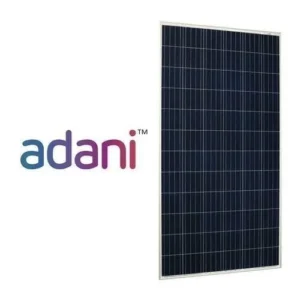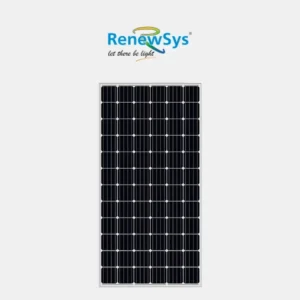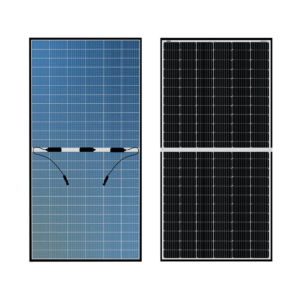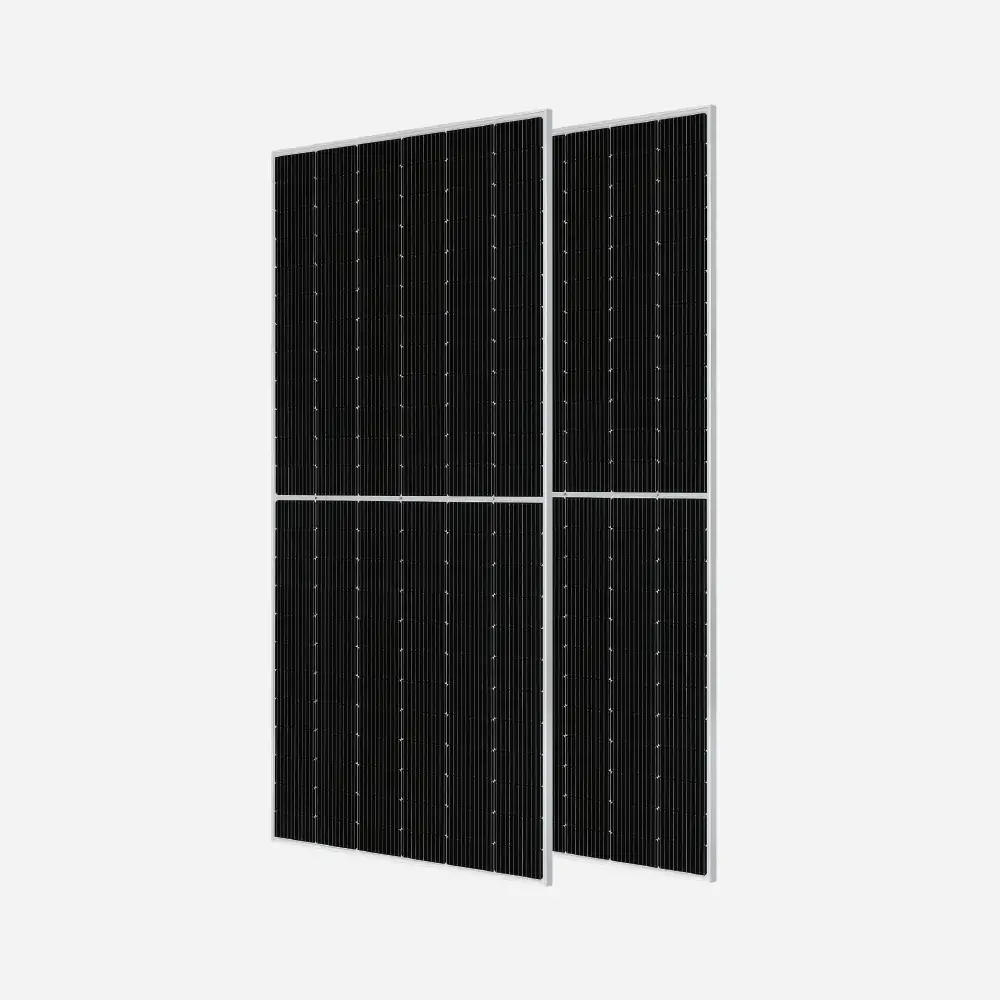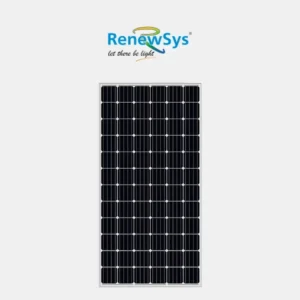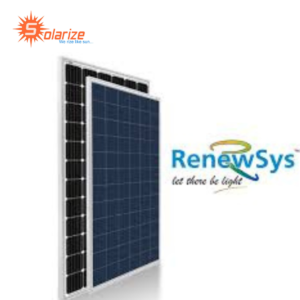Solar Panel

Searching for reasonably priced 12V/24V solar panel for residences, workplaces, stores, and commercial spaces? The ‘carbon-free’ technology that directly turns sunshine into electricity, solar panel (PVs), has expanded quickly in recent years. PV modules are becoming a necessary component of customers’ everyday lives as rooftop solar is being put on building facades and roofs in developed nations.
More and more people in sunny nations will either live in solar-powered homes or get their electricity from massive solar power plants. Many governments are enthusiastic about pushing renewable electricity as a component of the energy mix of the twenty-first century, which bodes well for the solar power industry.
What are the applications of solar panel in India?
There are three main uses for solar panel: generating power, lowering electricity costs, and providing an investment opportunity. Installing solar panel on rooftops in Tier 1 and Tier 2 Indian cities can lower electricity costs by up to 80% thanks to grid-connected solar systems. In contrast, solar panel are being erected in Tier 3 cities to produce electricity using hybrid or standalone solar systems, providing power anywhere, at any time. Over 50,000 homes and businesses, including those in rural and isolated areas of India, now have solar panel installed by pv solarize.
Why Should You Install Solar Panel?
Installing solar panel has several advantages, including lowering rising electricity costs for households and businesses, resolving frequent power outages in rural regions, and enabling direct solar power operation of water pump and wheat mill motors. Some of our customers are also putting up solar panel to improve the country’s future for the next generation while earning additional money from their unused rooftops.
Power outages, electricity costs, diesel expenses, investment opportunities, and pollution reduction are all advantages of solar panel.
How do Solar Panel Work?
The vast amount of solar energy that is available makes it a very alluring electrical source. About 30% of solar energy returns to space, with the remainder being absorbed by land masses, clouds, and oceans. Direct Current (DC) power is produced by photovoltaic cells from sunlight. In order to determine the source of panel damage, a solar inverter or charge controller regulates the power coming from the solar panel and then feeds that power back to the panel. When there is no sunshine, such as at night, battery systems serve to store the electricity that is needed. To change direct current (DC) into alternating current (AC), this system is coupled to an inverter.
Types of Solar Panel in India
Around the world, solar panel technology is evolving annually. Solar panel wattages have increased from 250W to 575W over the past six years. The highest 24V solar panel wattage was 250 W in 2018, but it rose to 575 W in 2024. In India, polycrystalline and monocrystalline solar panel are the two primary varieties.
1.Bifacial Solar Panel: It is the latest technology solar panel which generate electricity from both sides – front & back side
2. DCR Solar Panel: The solar cells that make up the DCR solar panel are all manufactured in India. The Indian government offers a 40% subsidy for solar panel installation. The 520W Mono perc, 10 Bus Bar Half Cut technology solar panel, which can produce more power from a smaller area, was first introduced in India by Loom Solar, an Indian solar firm. Only on-grid solar systems, for which the Indian government has established a national rooftop solar portal, can use this solar panel.
3. TOPCon Solar Panel: The newest solar cell technology is TOPCon (Tunnel Oxide Passivated Contact) technology intends to boost the efficiency of solar panel. Rapid technological developments are being made in the solar business with the goal of improving the performance and efficiency of solar components.
Bi-Facail vs. Monofacial vs. Polycrystalline Solar Panel
| Criteria | Bi-Facail Panels | Mono PERC Panels | Poly Crystalline panels |
| Efficiency | 20.22% | High efficiency 19-22% | Less efficiency 14-17% |
| Design & Looks | Made of solar bifacial cells | Made of single silicon cells – all cells are black | Made of multiple silicon cells – looks blueish |
| Space | Occupies less rooftop space | Occupies less rooftop space | Takes more space |
| Performance | Performs max. 25% | Performs 30% better even in low light & same space | Low efficiency in cloudy weather |
| Price | Competitive | Expensive | Relatively low price |
| Degradation | Less Degrade in a Long Time | Less Degrade in a Long Time | Max. Degrade in a Long Time |
How much do solar panel cost in 2025?
The capacity, the technology used to construct it, the model, the quality, the manufacturer, and the brand all affect the solar panel’s price. There are several different capabilities of solar panel, such as 10W, 20W, 55W, 225W, 455W, 550W, and 575W.
| Solar System Size | Price Range |
| 1kW – 3kW Solar System | ₹60,000/kW |
| 4kW – 10kW Solar System | ₹55,000/kW |
| 11kW – 50kW Solar System | ₹50,000/kW |
| 51kW – 100kW Solar System | ₹40,000/kW |
| Above 100kW Solar System | ₹30,000/kW |
Showing 1–12 of 18 results
Adani 540 Watt Mono Perc Half Cut Solar Panel
Ptype Monofacial Solar Panel Original price was: ₹50,000.00.₹22,000.00Current price is: ₹22,000.00.Adani 580Wp Topcon Monofacial Solar Module
Ntype Monofacial Monocrystalline Solar Panel Original price was: ₹25,000.00.₹19,100.00Current price is: ₹19,100.00.Adani Bifacial 530Wp Half cut mono perc solar panel
Ptype Bifacial Solar Panel Original price was: ₹17,000.00.₹12,000.00Current price is: ₹12,000.00.Adani C80 Wp Topcon Bifacial Solar Module
Ntype Bifacial Monocrystalline Solar Panel Original price was: ₹22,000.00.₹19,100.00Current price is: ₹19,100.00.Mono PERC RenewSys 540 wp High Efficiency Monocrystalline Solar Modules., 24V
Ntype Monofacial Monocrystalline Solar Panel Original price was: ₹22,000.00.₹17,000.00Current price is: ₹17,000.00.Premier 580Wp Topcon Monofacial Solar Module
Ntype Monofacial Monocrystalline Solar Panel Original price was: ₹27,000.00.₹25,000.00Current price is: ₹25,000.00.Premier Energies Bi-Facial 540W Mono Perc DCR Solar Panel
Ptype Monofacial Solar Panel Original price was: ₹25,000.00.₹22,000.00Current price is: ₹22,000.00.Renewsys 540 Watts Mono Perc Solar Panel
Ptype Bifacial Solar Panel Original price was: ₹25,000.00.₹20,000.00Current price is: ₹20,000.00.Renewsys 540WP Monofacial Solar Module
Ptype Monofacial Solar Panel Original price was: ₹18,500.00.₹17,999.00Current price is: ₹17,999.00.Renewsys 545 Wp DCR Bifacial Solar panel with N-type TOPCon cells
Ntype Bifacial Monocrystalline Solar Panel Original price was: ₹20,000.00.₹16,999.00Current price is: ₹16,999.00.Vikram 540WP Monofacial Solar Module
Ptype Monofacial Solar Panel Original price was: ₹45,000.00.₹22,000.00Current price is: ₹22,000.00.Vikram 545W Mono Perc Half Cut Bifacial Solar Panel – 24V
Ptype Bifacial Solar Panel Original price was: ₹21,000.00.₹12,000.00Current price is: ₹12,000.00.



